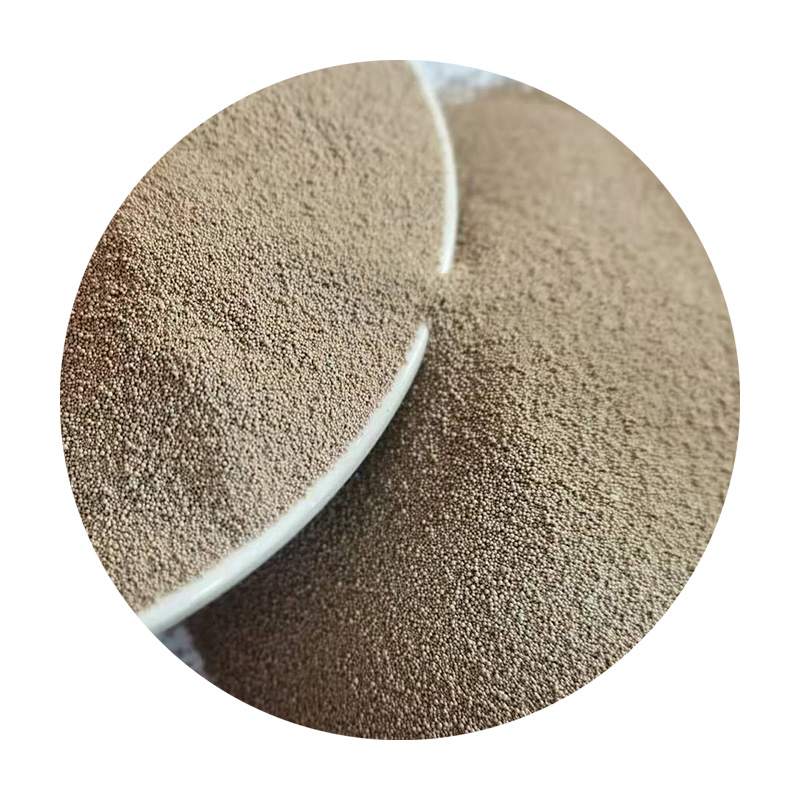Can I Sand Resin? Understanding the Process
Resin has gained immense popularity in crafting and art projects. It is widely used in jewelry making, tabletops, coasters, and various decorative items due to its beautiful glossy finish and versatility. However, many people wonder can I sand resin? The answer is yes, but there are certain factors and techniques you need to consider to achieve the best results. This article will delve into the sanding process, the types of resin, and some tips to enhance your outcomes.
What Type of Resin Are You Using?
Before you start sanding, it's essential to know which type of resin you are working with. The two most common types of resin used in crafting are epoxy resin and polyester resin.
- Epoxy Resin This type of resin is known for its durability and scratch resistance. It cures to a hard, clear finish that can be sanded without issue. However, it is crucial to note that the sanding process may create dust that can be hazardous to your health. Proper safety measures, such as wearing a mask and working in a well-ventilated area, should be implemented.
- Polyester Resin Typically used in fiberglass applications, polyester resin can also be sanded. However, it tends to have a more brittle finish than epoxy, making it easier to chip or break during the sanding process. Caution is advised when sanding polyester resin to avoid damaging the artwork.
When and How to Sand Resin
The best time to sand your resin piece is after the initial curing process has completed, usually within 24 to 72 hours, depending on the manufacturer's instructions. Sanding too soon may lead to a cloudy finish or can cause the resin to be too soft, compromising the integrity of your piece.
1. Preparation Before you begin sanding, gather necessary tools such as sandpaper (various grits), a sanding block or rotary tool, a mask to protect against dust, and eye protection.
can i sand resin

2. Choose Your Grit Start with a lower grit sandpaper (around 120 to 220 grit) to remove any prominent imperfections. Work your way up to a finer grit (400 to 600 grit) to smooth the surface. For a super-glossy finish, wet sanding with higher grits can be beneficial, but make sure to keep the surface wet to reduce dust and keep the particles from scratching.
3. Sanding Technique Sand in a circular motion and apply gentle pressure. Be cautious around edges, as they can be prone to chipping. If you are using a rotary tool, be sure to keep it moving to avoid overheating and damaging the resin.
4. Cleaning After sanding, clean the surface thoroughly to remove dust and debris. You can use a cloth or a gentle brush, and make sure it is completely dry before moving on to any finishing processes.
Finishing Touches
Once you have sanded the surface to your liking, applying a finish can greatly enhance the look of the resin piece. Many choose to apply a spray lacquer or additional layers of resin for an ultra-glossy finish. If applying additional resin, ensure that the sanded surface is clean and free of dust to promote proper adhesion.
Safety Considerations
Sanding resin can produce fine dust particles that may be harmful if inhaled. Always wear a dust mask or respirator while sanding, and work in a well-ventilated area to reduce the risk of inhalation. Eye protection is also important, as particles can become airborne during the process.
In conclusion, you can absolutely sand resin to achieve a smooth, refined finish; however, it requires the right technique and safety precautions. By understanding the type of resin, the proper sanding methods, and how to finish your piece, you can elevate your resin art to the next level. Embrace the creative possibilities and happy crafting!
Post time:Νοέ . 04, 2024 22:18
Next:golden sands company
